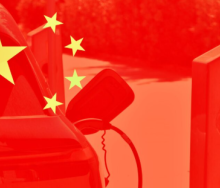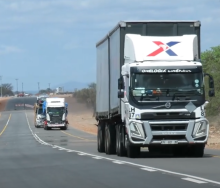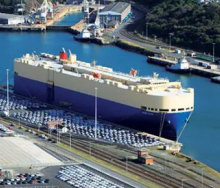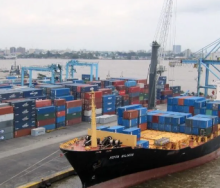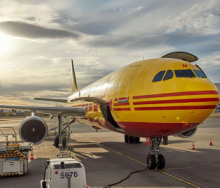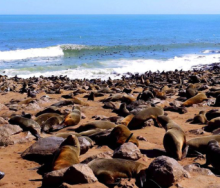The Maritime and Port Authority of Singapore and the Port of Rotterdam have signed a Cooperation Agreement to further strengthen their efforts on the Rotterdam-Singapore Green and Digital Shipping Corridor.
The two ports describe the corridor as a driving force of maritime decarbonisation and digitalisation since its inception in 2022.
They have brought on board 28 partners across the entire container shipping value chain to drive the deployment of sustainable fuels on the 15 000-kilometre shipping route and implement digital solutions for improved efficiency.
The collective ambition is to reduce greenhouse gas emissions of large container vessels on the corridor by 20-30% by 2030, while accelerating the adoption of global standards and solutions to facilitate efficient port calls, flow of goods, and enable paperless handling.
To support the decarbonisation of shipping, the partners have focused on testing and accelerating the adoption of sustainable fuels, with the aim of making them available, accepted and affordable for large-scale use. Emphasis will be on bio- and e-variants of ammonia, methanol and methane, with working groups established for each fuel type.
Since 2022, several first-mover pilot projects have been undertaken, including the first successful bunkering of mass-balanced liquefied bio-methane at the Port of Rotterdam. A similar trial is planned in Singapore this year. Other achievements include the completion of a Life Cycle greenhouse gas Assessment (LCA) of green ammonia as a marine fuel, and strong support for the development and implementation of the Port Readiness Framework of the International Association of Ports and Harbors (IAPH), which helps ports assess their preparedness to supply sustainable marine fuels.
In the next phase, they plan to conduct further studies and trials for the bunkering of bio-methane, methanol and ammonia to support their future use along the shipping corridor. They also aim to develop and mobilise financial instruments to address the cost barriers associated with using low- and near-zero emission fuels.

